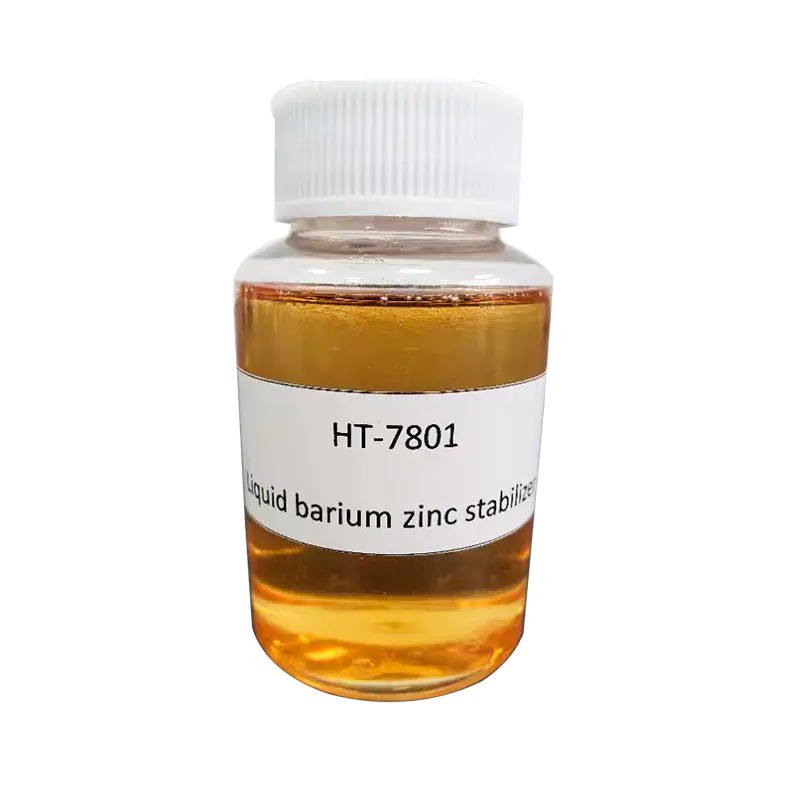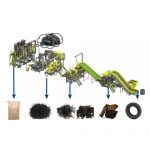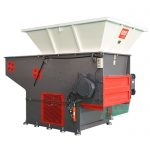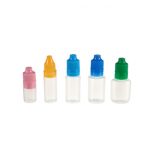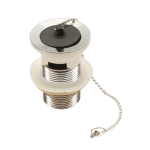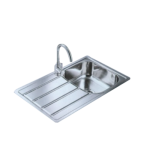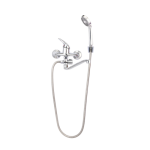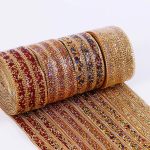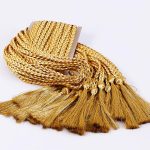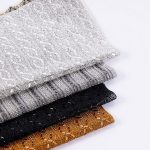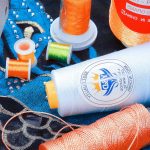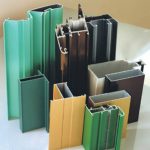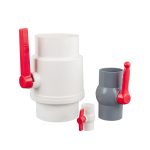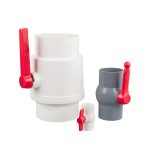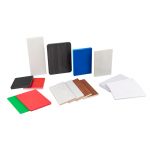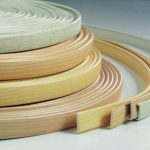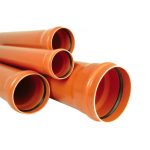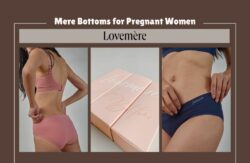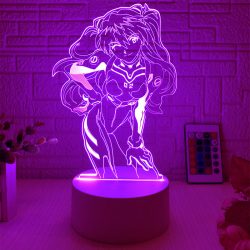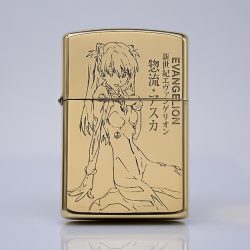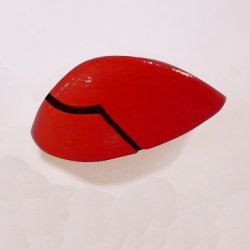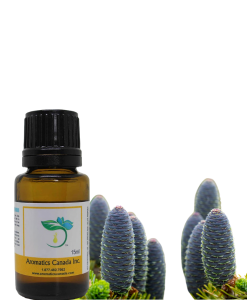PVC Liquid Barium-Zinc Stabilizer: Enhancing PVC Applications
PVC (Polyvinyl chloride) is a widely used thermoplastic polymer due to its excellent properties, including durability, versatility, and cost-effectiveness. However, PVC is inherently unstable and requires the addition of stabilizers to enhance its performance. One such stabilizer widely employed in PVC processing is the PVC liquid barium-zinc stabilizer. This article explores the various applications of PVC liquid barium-zinc stabilizer and highlights its importance in improving the quality and longevity of PVC-based products.
PVC Pipes and Fittings:
PVC pipes and fittings are extensively used in plumbing, irrigation, and construction applications. The addition of PVC liquid barium-zinc stabilizer ensures the stability of these products during processing, minimizing heat degradation and maintaining the mechanical strength. The stabilizer’s presence prevents discoloration, enhances weather resistance, and extends the service life of PVC pipes and fittings.
Window Profiles and Frames:
PVC window profiles and frames require excellent stability to withstand environmental factors such as UV radiation, temperature fluctuations, and moisture exposure. By incorporating PVC liquid barium-zinc stabilizer, manufacturers can produce window profiles and frames with enhanced dimensional stability, impact resistance, and weatherability. The stabilizer acts as a shield against degradation, ensuring long-term performance and aesthetic appeal.
Flooring and Wall Coverings:
PVC-based flooring and wall coverings are popular choices in residential, commercial, and industrial settings. PVC liquid barium-zinc stabilizer provides crucial heat stability during the manufacturing process, preventing the material from warping or deforming under high temperatures. Additionally, the stabilizer imparts excellent resistance to chemicals, abrasion, and fading, making PVC flooring and wall coverings durable and aesthetically appealing.
Electrical Cables and Wiring:
PVC is extensively used in the production of electrical cables and wiring due to its insulating properties. Incorporating PVC liquid barium-zinc stabilizer ensures that the cables and wiring maintain their electrical insulation properties, even under harsh conditions. The stabilizer protects against thermal degradation, enhances flame retardancy, and contributes to the overall safety and reliability of electrical installations.
Automotive Components:
In the automotive industry, PVC finds applications in various components such as seals, gaskets, upholstery, and dashboard trims. By adding PVC liquid barium-zinc stabilizer, manufacturers can achieve improved heat stability and resistance to weathering, ensuring the longevity and performance of these automotive components. The stabilizer also helps maintain color consistency, preserving the aesthetic appeal of interior and exterior PVC-based automotive parts.
Medical and Healthcare Products:
PVC is widely used in medical and healthcare products, including IV tubing, blood bags, and medical device components. To meet stringent safety requirements, PVC liquid barium-zinc stabilizer is employed to ensure the stability and compatibility of PVC-based medical products. The stabilizer contributes to the prevention of discoloration, the maintenance of mechanical properties, and the overall integrity of these critical healthcare items.
Conclusion:
PVC liquid barium-zinc stabilizer plays a vital role in enhancing the performance and durability of PVC-based products across a wide range of applications. Its incorporation ensures stability, protection against degradation, and improved resistance to environmental factors. By using this stabilizer, manufacturers can produce high-quality PVC pipes, window profiles, flooring, electrical cables, automotive components, and medical products that meet the industry’s stringent requirements. The continued innovation and development of PVC liquid barium-zinc stabilizers will contribute to the advancement of PVC technology and its applications in various sectors.
